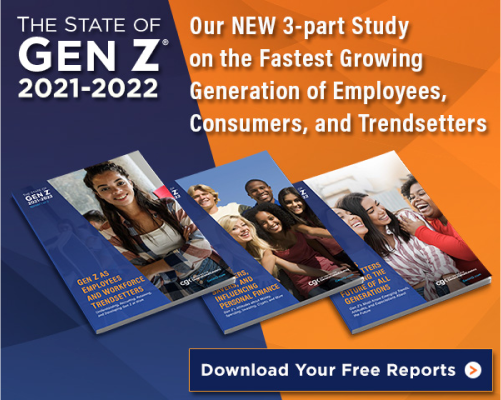As the US fertility rate continues to hit record lows, major baby care brands are reeling from Millennials’ decision to delay parenthood.
According to the Centers for Disease Control and Prevention’s National Center for Health Statistics, the US fertility rate fell to 60.2 births per 1,000 women of childbearing age in 2017, down 3 percent from 2016.
What Jason Dorsey Says About Birth Rates Among Millennials
“The declining birth rates sweeping across America are going to have a profound effect on many businesses — some in the immediate term and others 5 to 10 years out,” said Jason Dorsey, President of the Center for Generational Kinetics, in an interview with CNBC.
“The reason is that declining birth rates hit the obvious group of businesses first: diaper makers, toy makers, kids meals at restaurants, car seat manufacturers and the like.”
How These Changes are Affecting the Industry
Kimberly-Clark, the maker of Huggies diapers, has been vocal about the hit they’ve taken from declining birth rates. According to CNBC, in January, the company announced it would cut at least 5,000 jobs, in a bid to reduce costs as sales fell. Similarly, Pampers-maker Procter & Gamble and Edgewell Personal Care, the maker of Playtex baby bottles, have reported sales declines in their baby businesses this year.
“The big question we’re exploring at our generational research center is if this is a temporary generational delay or a new normal,” Dorsey said.
“At this point, our research appears to show this is heavily generational driven by Millennials who are now well into their late 30s. We consistently hear Millennials tell us that they’re delaying having kids until they feel ready —financially and otherwise — yet they also tell us they still intend to have kids.”
What Can These Companies Do to Increase Sales?
So if Millennials are going to have children eventually, what can these companies do in the meantime to make sure they attract consumers now and in the long run?
Johnson & Johnson, for example, plans to redesign its Johnson’s Baby products to appeal more to modern-day moms by rolling out a new line that emphasizes more natural ingredients.
“We failed to see evolving needs from Millennial consumers, Millennial moms, and we failed to evolve our model,” said Jorge Mesquita, worldwide chairman and executive vice president for J&J’s global consumer unit, said in a recent CNBC interview.
Will this trend continue with the generation after Millennials?
“What will be telling to us is how Generation Z reaches traditional markers of adulthood, such as having children, and if they swing the pendulum back the other way as they emerge,” Dorsey adds. “Gen Z are now up to age 22. This is a trend business leaders need to watch closely whether it impacts them now or will in the future.”
Solve Your Gen Z and Millennial Challenges with Custom Generational Research
We lead national and international generational studies for our clients every day. We also keynote events around the world, helping businesses better understand their customers and workforce.
Let us know how we can help you. Send us an email or give us a call and we’ll be happy to provide a little information for you to review.
Keep the conversation going, follow The Center on Instagram @TheGenHQ or on Twitter @GenHQ. We are passionate about sharing our latest generational discoveries!

